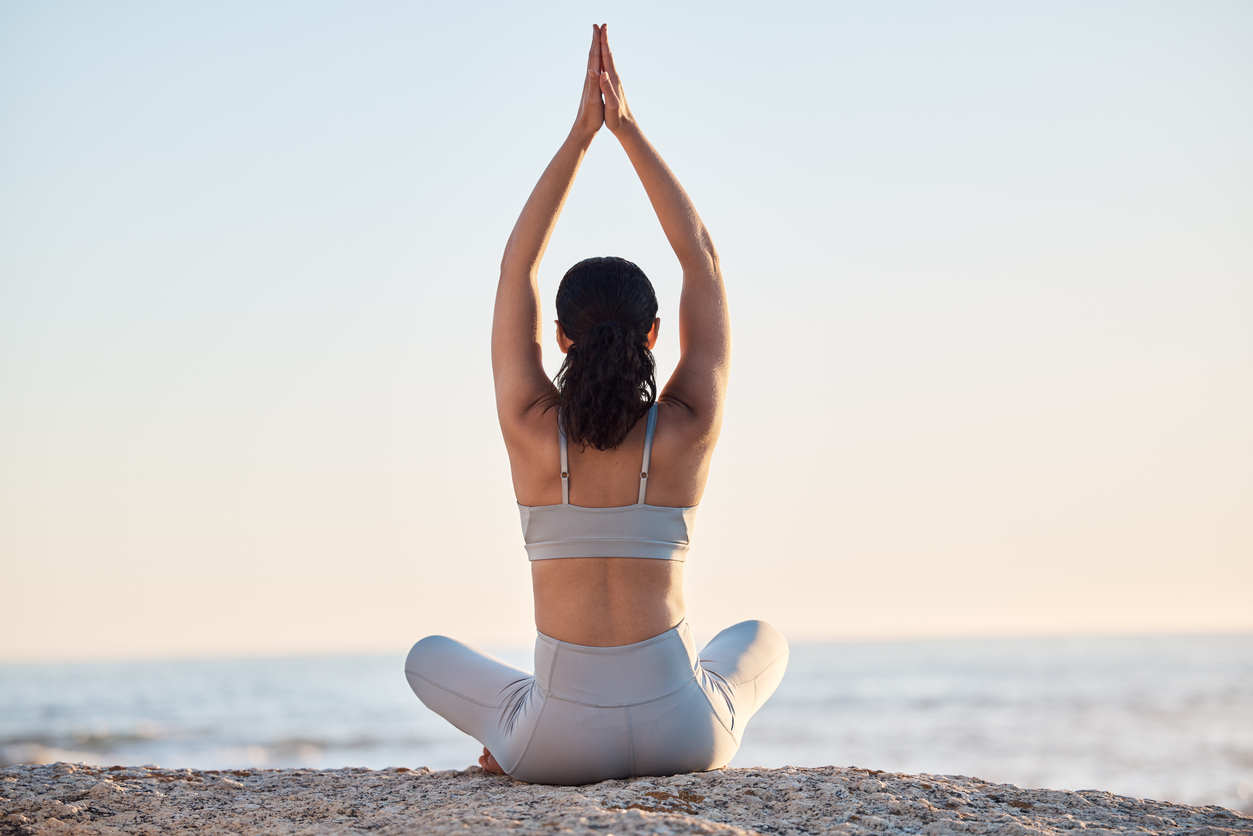
In today’s fast-paced world, finding a sense of calm and focus can be challenging. Mindfulness is a powerful practice that allows you to stay present, reduce stress, and improve your overall well-being. By incorporating mindfulness into your daily routine, you can cultivate greater mental clarity, emotional resilience, and physical health. In this guide, we’ll explore the benefits of mindfulness and offer practical tips on how to practice it every day.
What is Mindfulness?
Mindfulness is the practice of being fully present and engaged in the current moment. It involves paying attention to your thoughts, feelings, and sensations without judgment. Mindfulness encourages you to focus on the present rather than dwelling on the past or worrying about the future.
Key aspects of mindfulness:
- Awareness: Being conscious of your thoughts, feelings, and surroundings.
- Non-judgment: Observing your experiences without labeling them as good or bad.
- Focus on the present: Letting go of distractions and immersing yourself in the current moment.
The Benefits of Mindfulness
1. Reduces Stress and Anxiety
One of the most well-known benefits of mindfulness is its ability to reduce stress and anxiety. By focusing on the present moment, mindfulness helps break the cycle of overthinking and worrying about future events. Research shows that practicing mindfulness can lower cortisol levels, the hormone responsible for stress, leading to a more relaxed state of mind.
Why it works:
- Mindfulness techniques, such as deep breathing and meditation, activate the body’s relaxation response, helping you manage stress more effectively.
2. Improves Mental Clarity and Focus
Mindfulness helps sharpen your concentration by training your brain to focus on one task at a time. This can lead to improved productivity, better decision-making, and enhanced problem-solving abilities. When you’re fully present, you can give your full attention to what you’re doing, reducing distractions and increasing efficiency.
Why it works:
- Mindfulness encourages single-tasking, which helps reduce cognitive overload and mental fatigue.
3. Enhances Emotional Regulation
Mindfulness allows you to observe your emotions without being overwhelmed by them. By practicing mindfulness, you can better recognize and manage negative emotions, such as anger or frustration, before they escalate. Over time, mindfulness can help you build emotional resilience and improve your relationships with others.
Why it works:
- Mindfulness fosters self-awareness, making it easier to recognize emotional triggers and respond calmly rather than react impulsively.
4. Boosts Physical Health
Mindfulness isn’t just beneficial for mental well-being—it can also have a positive impact on your physical health. Regular mindfulness practice has been linked to lower blood pressure, improved immune function, and reduced inflammation. Additionally, mindfulness encourages healthier eating habits by helping you tune into your body’s hunger and fullness cues.
Why it works:
- By reducing stress and promoting relaxation, mindfulness supports overall physical health, helping you maintain a balanced body and mind.
5. Improves Sleep Quality
If you struggle with falling asleep or staying asleep, mindfulness can be a helpful tool. Mindfulness techniques like body scanning and guided meditation can calm the mind, reduce racing thoughts, and prepare the body for rest. Practicing mindfulness before bed helps you transition into sleep more easily and promotes deeper, more restful sleep.
Why it works:
- Mindfulness reduces mental chatter and physical tension, allowing you to relax and drift into sleep more naturally.
How to Practice Mindfulness Daily
1. Start with Mindful Breathing
Mindful breathing is one of the simplest ways to begin your mindfulness practice. Take a few minutes each day to focus on your breath, noticing the sensations as you inhale and exhale. If your mind starts to wander, gently bring your attention back to your breath.
How to do it:
- Find a quiet space and sit comfortably.
- Close your eyes and take slow, deep breaths, focusing on the feeling of the air entering and leaving your body.
- Practice for 5-10 minutes, gradually increasing the time as you become more comfortable.
Pro tip:
- You can practice mindful breathing anywhere, whether you’re at work, stuck in traffic, or at home. It’s a quick way to refocus and ground yourself.
2. Practice Mindful Eating
Mindful eating involves paying full attention to the experience of eating, including the taste, texture, and aroma of your food. It helps you appreciate your meals and promotes healthier eating habits by preventing overeating.
How to do it:
- Before eating, take a moment to pause and appreciate your food.
- Eat slowly, savoring each bite, and notice the flavors and textures in your mouth.
- Put down your utensils between bites and avoid distractions like watching TV or checking your phone.
Pro tip:
- Mindful eating can help you enjoy your food more and make better food choices by tuning into your body’s hunger and fullness signals.
3. Use Mindfulness Apps for Guided Meditation
If you’re new to mindfulness or meditation, using a mindfulness app can provide structure and guidance. Apps like Headspace, Calm, and Insight Timer offer guided meditation sessions that can help you relax, reduce stress, and improve focus.
How to do it:
- Choose a mindfulness app that resonates with you and set aside 5-10 minutes each day for guided meditation.
- Gradually increase the duration of your sessions as you become more comfortable with the practice.
Pro tip:
- Experiment with different meditation techniques, such as body scanning, visualization, or loving-kindness meditation, to find what works best for you.
4. Incorporate Mindfulness into Daily Activities
You don’t need to set aside a lot of time to practice mindfulness—everyday activities like walking, showering, or doing household chores can become opportunities for mindfulness. By focusing fully on the task at hand, you can bring mindfulness into your daily routine.
How to do it:
- When performing routine tasks, focus on the sensations and actions involved. For example, when washing dishes, notice the temperature of the water, the feel of the soap, and the sound of the running water.
- Try to be fully present in each moment, avoiding distractions or multitasking.
Pro tip:
- Use daily activities as “mindfulness cues” to remind yourself to practice. For instance, whenever you brush your teeth or pour your morning coffee, take a moment to be mindful.
5. Practice Gratitude
Gratitude is an essential component of mindfulness. Taking time each day to reflect on what you’re thankful for can shift your mindset from focusing on what’s lacking to appreciating what you have. Gratitude helps cultivate a positive attitude and improves emotional well-being.
How to do it:
- At the end of each day, write down three things you’re grateful for. They can be big or small, such as a good conversation with a friend or enjoying a sunny day.
- Reflect on how these moments made you feel and why they were meaningful.
Pro tip:
- Keep a gratitude journal to track your positive experiences over time. Reviewing your entries can serve as a powerful reminder of the good things in your life.
6. Engage in Body Scanning
Body scanning is a mindfulness technique that involves bringing awareness to different parts of your body, starting from your toes and moving up to your head. This practice helps you release tension, relax, and tune into your physical sensations.
How to do it:
- Find a quiet space to lie down or sit comfortably.
- Close your eyes and take a few deep breaths.
- Starting from your toes, slowly bring your attention to each part of your body, noticing any tension or discomfort. Continue scanning up through your legs, torso, arms, and head.
Pro tip:
- Body scanning is particularly useful before bed to help you unwind and prepare for a restful night’s sleep.
Incorporating mindfulness into your daily life offers a wide range of benefits, from reducing stress and improving focus to enhancing emotional regulation and physical health. By starting small with mindful breathing, eating, and meditation, you can gradually build a mindfulness practice that fits into your busy schedule. Whether it’s through apps, gratitude exercises, or mindful daily activities, practicing mindfulness regularly can lead to a more balanced, peaceful, and fulfilling life.







